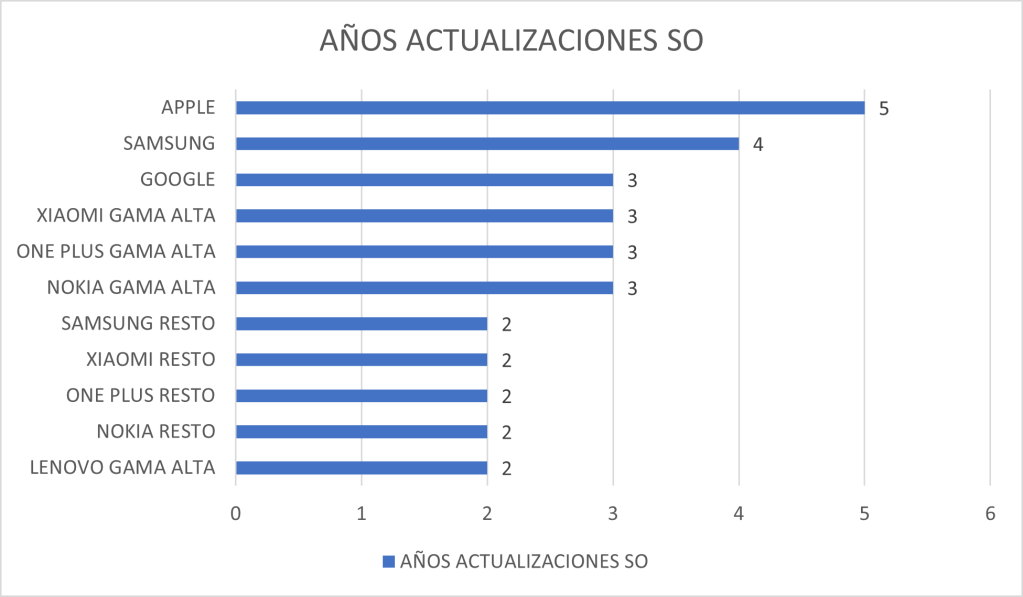
TWO DEVICES, ONE STARTING PRICE
My trusty iPhone 8 Plus continues to perform admirably after nearly 7 years of faithful service (it celebrates its 7th birthday in September).
I purchased it for €809 back in 2017, the same price as the Samsung Galaxy S8 released in the same year.

These are two high-end smartphones from reputable brands, one running iOS and the other Android.
The Samsung Galaxy S8, crafted by Samsung Electronics, debuted on March 29, 2017, hitting the shelves on April 21, 2017. Initially equipped with Android Nougat (7.0), it later received an update to Android Oreo (8.0) in the first half of 2018. However, the Galaxy S8 received its final security update in May 2021.

THE IPHONE 8’S UPDATES CONCLUDED IN 2023
Launching with iOS 11, it was later upgraded to iOS 16 in 2022 and received its last security patch (up to September 2023).
Despite passing through several hands, returning to mine slightly worn and with cracks, it continues to function flawlessly.
WHEN WE DIVIDE ITS PRICE BY YEARS OF SERVICE, UP TO 2023…
It averages €115.57 per year.
Currently, it’s performing well, but it’s likely already susceptible to vulnerabilities that won’t receive further patches. Its regular usage cycle has reached its end.
BEYOND THE INITIAL COST, THIS IS THE REALITY OF iPHONES: EXEMPLARY SUPPORT FOR 6 YEARS AND DURABILITY

With a few more years of operation until essential apps cease updating on iOS 16.
Its overall cost is lower than that of a €400 mid-range smartphone receiving updates for only 3 years, such as the OnePlus 8T, for instance.
What about the competition?
It appears that Samsung and Google have recognized the consumer demand for extended support over the years.
Moreover, this approach promotes sustainability and enhances resale value, should you choose to part with it.
























